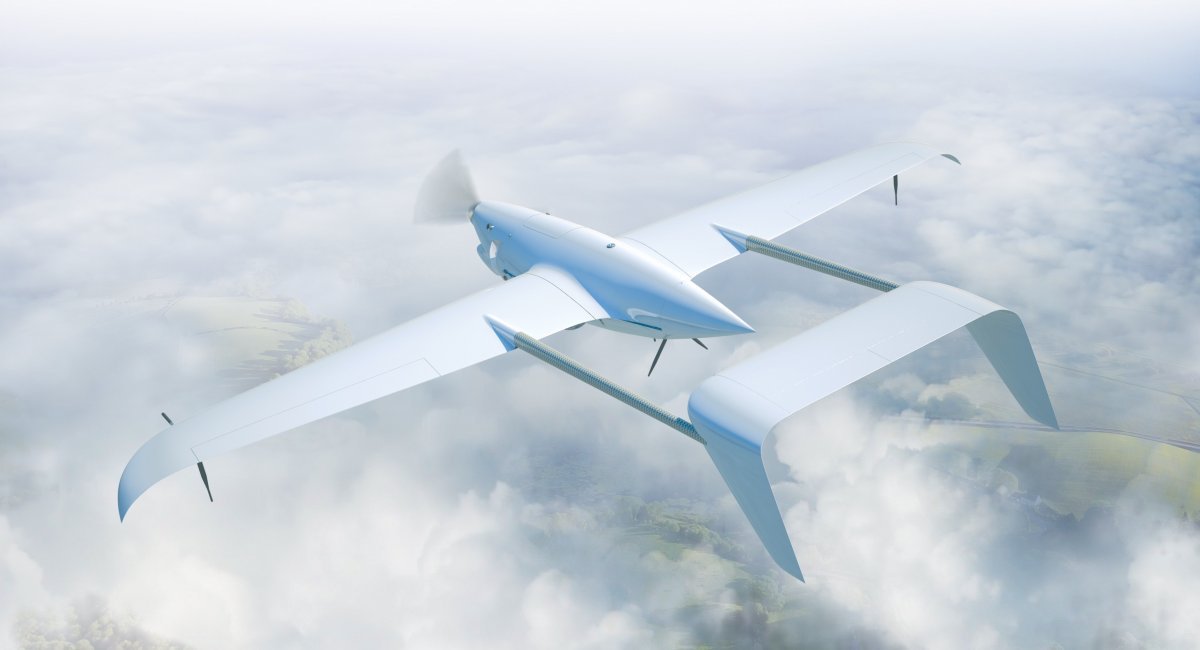There are no products in your shopping cart.
| 0 Items | £0.00 |


UNITED Arab Emirates (UAE) government officials have come up with an innovative solution to beat the sweltering 50 degrees Celsius heat afflicting the country by developing artificial rainfall using drones.
Given its location, the UAE is one of the most arid countries on earth as it is located in the heart of the Middle East where there is very limited rainfall due to the fact that it is in the desert. Using an innovative concept to address the problem, local officials have resorted to using drones that fly into clouds and unleash electrical charges which generate rain.
Using a revolutionary technique that has never been tried before, rain is formed using drone technology that gives clouds an electric shock to cajole them into clumping together and producing precipitation. Video footage released by the UAE’s National Center of Meteorology (NCM) shows monsoon-like downpours across the country, which create sheets of rain on highways.
Waterfalls have also been seen on the side of roads as drivers in SUVs struggle to navigate the torrential rain despite the country being in the middle of a summer heatwave where temperatures have soared above 50 centigrade. According to the NCM, the precipitation has been enhanced by a technique known as cloud seeding and its purpose is to increase condensation in the hope that it might trigger a downpour.
This cloud seeding operation is part of an ongoing $15m mission to generate rain in the UAE, which ranks among the world’s top 10 driest countries with an average rainfall of just 78 millimetres. Apparently, the drone technology research was led by experts at the University of Reading in the UK.
Professor Maarten Ambaum, who worked on the project, sat that the UAE has enough clouds to create conditions which allow for rainfall. He added that when the drops merge and are big enough, they will fall as rain.
Alya Al-Mazroui, the director of the UAE’s rain-enhancement science-research programme, added: "Equipped with a payload of electric-charge emission instruments and customised sensors, these drones will fly at low altitudes and deliver an electric charge to air molecules, which should encourage precipitation."
In 2017, the UAE government provided $15m for nine different rain-enhancement projects. Among them is another cloud-seeding technology which launches salt missiles into clouds from aeroplanes.